Q1: Why is it important for healthcare providers to have training in disability awareness in the context of SRHR?
Training helps providers deliver sensitive and appropriate care, understand specific needs, and communicate effectively, ensuring that services are accessible and respectful.
Q2: Can persons with disabilities become parents?
Yes, many persons with disabilities can and do become parents. They have the right to reproductive health services and parenting support tailored to their needs.
Q3: How can SRHR education be made more accessible?
SRHR education can be adapted through the use of accessible teaching methods, such as sign language, braille, and easy-to-understand formats, ensuring all individuals can receive and understand vital information.
Q4: What should I do if I feel my SRHR needs are not being met?
Advocacy is key. Contact local disability advocacy organizations, seek legal advice, or reach out to healthcare providers trained in inclusive practices. Your rights matter and there are resources available to help enforce them.
Q5: What are some common barriers that persons with disabilities face in accessing SRHR services?
Barriers can include physical inaccessibility of healthcare facilities, lack of disability-aware health providers, insufficient tailored information, and societal stigma around sexuality and disability.
Q6: Are there specific SRHR issues that affect women with disabilities more than others?
Yes, women with disabilities may face increased risks of sexual abuse, lack of menstrual management resources, challenges in prenatal and postnatal care, and barriers in accessing family planning services.
Q7: How can technology improve SRHR access for persons with disabilities?
Technology can offer solutions like telemedicine for easier access to specialists, mobile apps for health tracking and information, and websites with accessible SRHR resources, all of which can help bridge the gap in service delivery.
Q8: What role do family members and caregivers play in supporting the SRHR of persons with disabilities?
Family members and caregivers can provide crucial support by facilitating access to healthcare, helping communicate needs with health providers, and ensuring that the rights of their loved ones are respected.
Q9: How can persons with disabilities ensure their SRHR needs are included in national health policies?
Advocacy is critical. Engaging with policy makers, participating in public consultations, and collaborating with disability and health rights organizations can influence policy to be more inclusive.
Q10: What should be considered when developing SRHR educational materials for persons with intellectual disabilities?
Materials should be designed in easy-to-understand language, use clear and simple visuals, and offer concrete examples. Interactive formats that engage learners can also enhance understanding and retention.
Q11: How can healthcare facilities become more inclusive for persons with disabilities?
Facilities can improve by implementing physical accessibility features, providing disability sensitivity training for staff, offering different communication formats for consultations, and having inclusive policy frameworks.
Q12: Where can persons with disabilities find trained healthcare providers who understand their SRHR needs?
Many organizations that advocate for persons with disabilities maintain directories of trained healthcare providers. Additionally, hospital and clinic websites often list specialists trained in disability care.


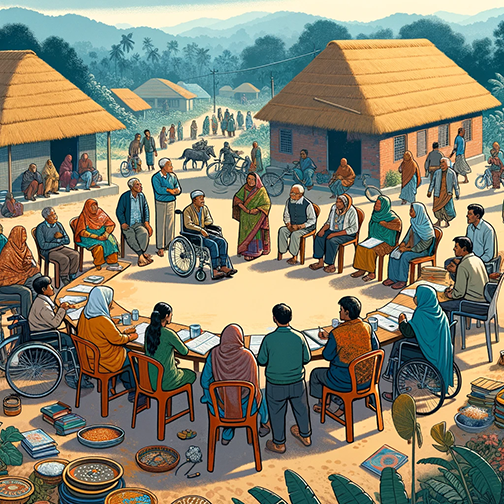
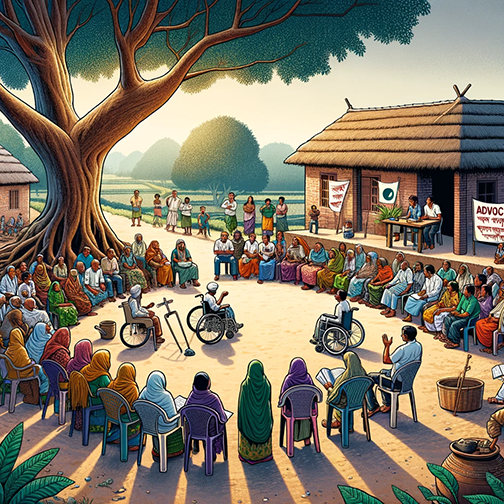
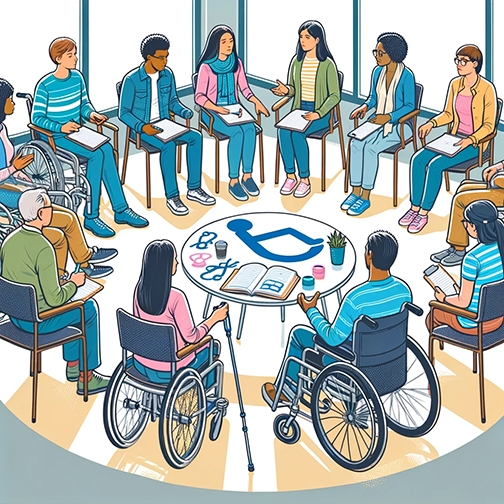
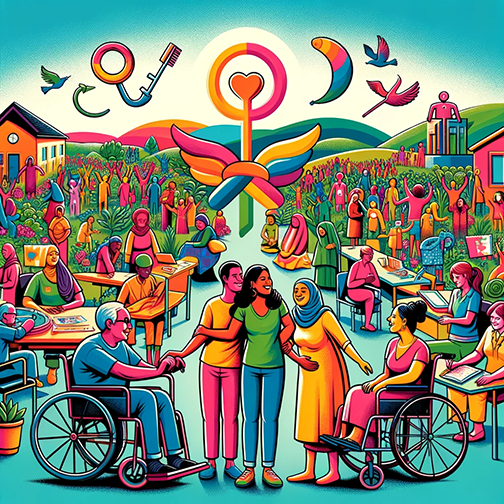
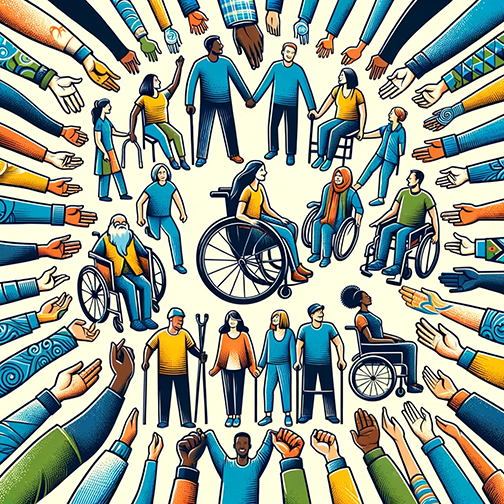
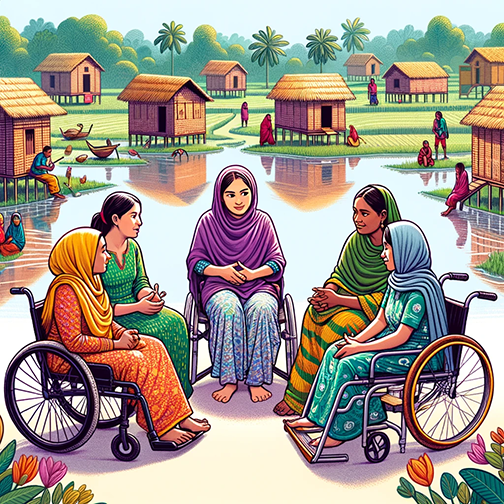
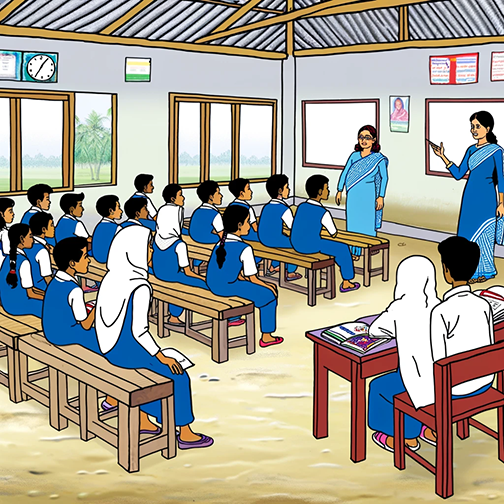
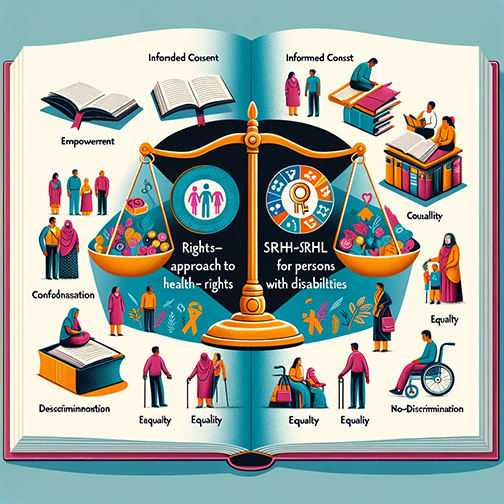

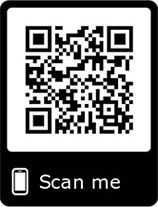
Social Context
Societal norms in Bangladesh often stigmatize disability and sexuality, hindering inclusive SRHR education.
Challenge Perceptions, Change Reality: Promote Inclusive SRHR!
Societal Attitudes Towards Disability and Sexuality in Bangladesh
In Bangladesh, as in many other countries, disability and sexuality are often enveloped in layers of silence, stigma, and misunderstanding. Societal attitudes towards disability and sexuality can significantly impact individuals' access to information and services related to sexual and reproductive health and rights (SRHR). Societal attitudes towards disability can vary widely, but many are rooted in traditional beliefs that view disabilities as a consequence of misfortune, divine will, or familial karma. Traditionally, disability is often viewed through a lens of pity, charity, or as a medical problem to be fixed, rather than a matter of rights and societal inclusion. This perspective can lead to the marginalization of persons with disabilities, making it difficult for them to assert their rights, including SRHR. These perceptions can lead to the marginalization and exclusion of persons with disabilities from various aspects of community life, including education, employment, and socialization, thereby compounding the challenges they face in accessing sexual and reproductive health and rights (SRHR).
Similarly, discussions around sexuality are generally considered taboo in the conservative societal fabric of Bangladesh. Discussions around sexual health and rights are typically avoided in public and even within families, leading to a lack of awareness and misconceptions. When the topics of disability and sexuality intersect, the challenges are compounded, leaving persons with disabilities particularly vulnerable to misinformation, exclusion, and abuse. This cultural reticence extends to the realm of disability, where individuals with disabilities are often desexualized and perceived as being asexual or incapable of having sexual and reproductive health needs and rights. Such misconceptions can significantly hinder the ability of persons with disabilities to seek and receive appropriate SRHR information and services.
Cultural Barriers to Accessing SRHR Information and Services
Cultural barriers significantly hinder access to SRHR information and services for persons with disabilities in Bangladesh. These barriers include:
Strategies for Community Engagement and Awareness-Raising
A multi-pronged approach to community engagement and awareness-raising is essential to overcome these cultural and societal barriers. Strategies may include:
Addressing the cultural and social context is crucial for improving access to SRHR for persons with disabilities in Bangladesh. By fostering a more inclusive and understanding society, we can ensure that all individuals, regardless of disability, have the opportunity to lead healthy and fulfilling sexual and reproductive lives.